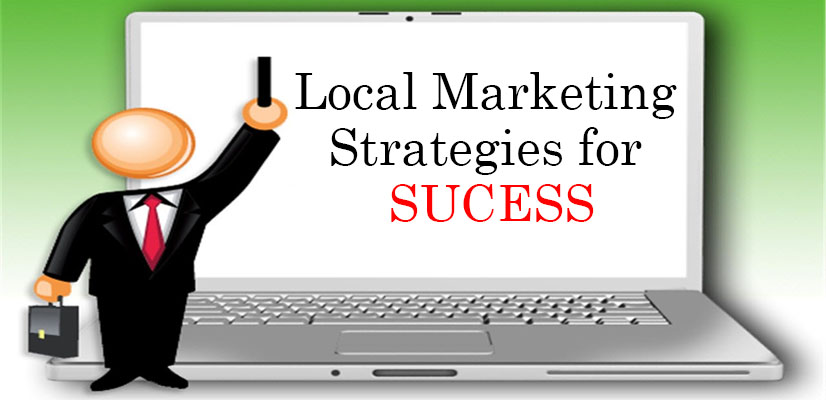Local Marketing specifically targets the regional audiences around a physical store like a restaurant, boutiques, professional advisors, and retail operations. Local marketing is an essential part of a broader marketing strategy for small businesses. It can get your business in front of a broader local audience that is likely to see your business as a better option.
What is local marketing?
Local Marketing is also called “local store marketing” that targets the audience present in the same region or town in which your business is. It focuses on the people who are within a certain of your business location. For example, the car boot sale is one of the great examples of the local product market. Another excellent example of local store marketing is “retail store”, local marketing can elevate the store’s foot traffic and local brand awareness among people.
Many businesses can benefit from local marketing; here are the local marketing strategies for a successful business.
1. Optimize your website and localize it.
Website optimization is the key to drive traffic to your business. Your website should also guarantee that your website offers the best mobile experience. A survey claims to have more than 50% of the traffic from mobile devices. If you have a website that has a clear alignment of text with buttons, then your business will attract more customers.
On the website, add language like “Serving for the tri-state area”, considering the local audience. You can improve your local SEO by using free keyword tools like Google Analytics, Google Trends, and Google Search Console to give you information about local pursuits. The more you optimize your website for local regions, the more nearby audiences will land on your web-pages.
2. Update title tags and meta descriptions
Another SEO consideration is to keep your title tag and meta descriptions up to date. The meta description is less likely to contribute to search ranking, but it can elevate the search clicks to your website. Data shows that a good meta description can increase click-through rates.
Keep a title tag relevant to your brand and location, up to 60 characters, and the meta description can be up to 100 – 160 characters. Businesses like restaurants can keep the phone numbers, address details, etc. in its meta description.
3. Set up local landing pages for all business locations
A landing page is a great way to drive traffic to your website. To maximize your search results and lead generation, design a separate landing page for each city you are targeting. The more landing pages you have, the more likely your website gets noticed by search engines.
These pages must include each location, directions on how to reach there, and what the store hours are. For making the landing pages, you can use the software like Unbounce, Leadpages, Landingi, Lander, etc. It is a great opportunity to build your customer base.
4. Claim your Google My Business listing
One of the most straightforward but effective local marketing strategies is claiming your Google My Business listing. Google My Business provides users information about the location, directions, store hours, etc. It gives contact info and more directly on the Search Engine Results Page.
Especially during these days of COVID19, make sure it is updated and reflects the current store hours. It must explain the restrictions accurately, such as takeout or delivery only.
5. Optimize social media pages
Social media marketing plays a very important role in marketing. Ensure that your social media pages are updated, optimized, and localized. Maintain an active social media account and mention your business location, contact information, and store hours. You can schedule your social media posts in advance using tools like Sprout Social, Hootsuite, CoSchedule, etc.
From the perspective of a small business, brands who engage on social media channels receive higher loyalty from customers. Social media serves as the best place for customer care, by allowing customers to put their complaints directly on social media. It helps you strengthen your bonds with customers by creating an open line of communication.
6. Encourage your satisfied customers to leave the positive feedback
Encourage customers who are satisfied with the products and services to leave a positive review online, whether it may be Facebook, Google Reviews, Yelp, or elsewhere. You should carefully observe the reviews that customers leave online, and always be sincere with your reviews.
Respond to people with honesty, humility, and authenticity. Don’t use a generic, cookie-cutter response.
7. Think Globally, advertise locally
Digital marketing is all good, but you need to build a real-world bridge between your brand and your customers. Spend some time engaging with your audience both online and offline by sponsoring a local event whenever possible, to elevate brand visibility in local regions.
Setting up an optimized website and local landing pages, updating social media pages, and declaring your Google My Business listing are the best places to begin. Respond to customer reviews timely, organize community-based events to strengthen your relationship with the customers.




